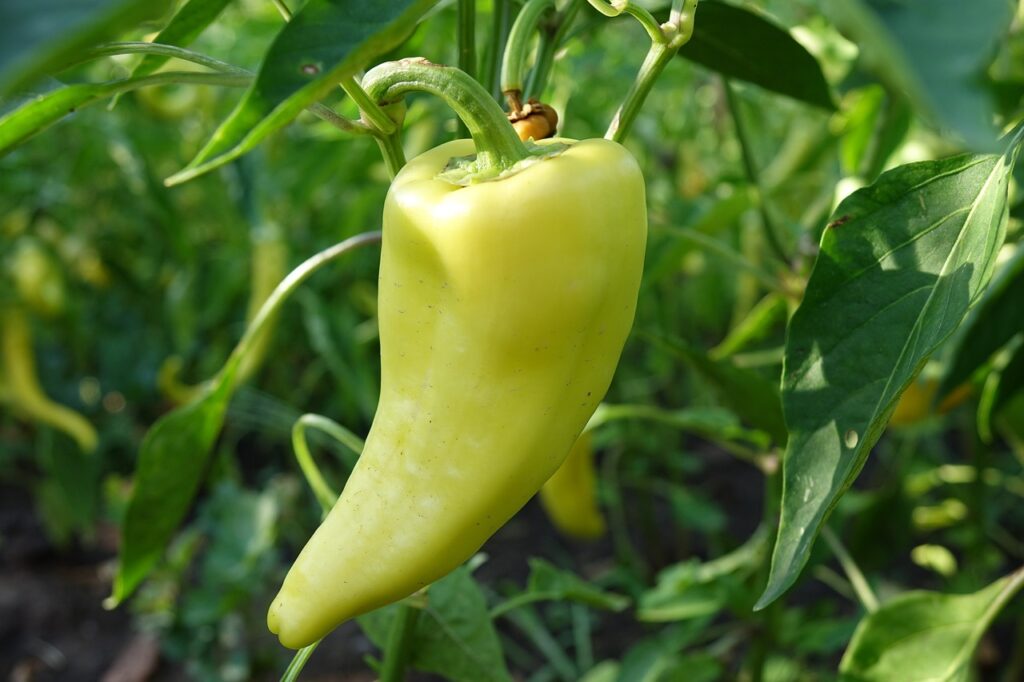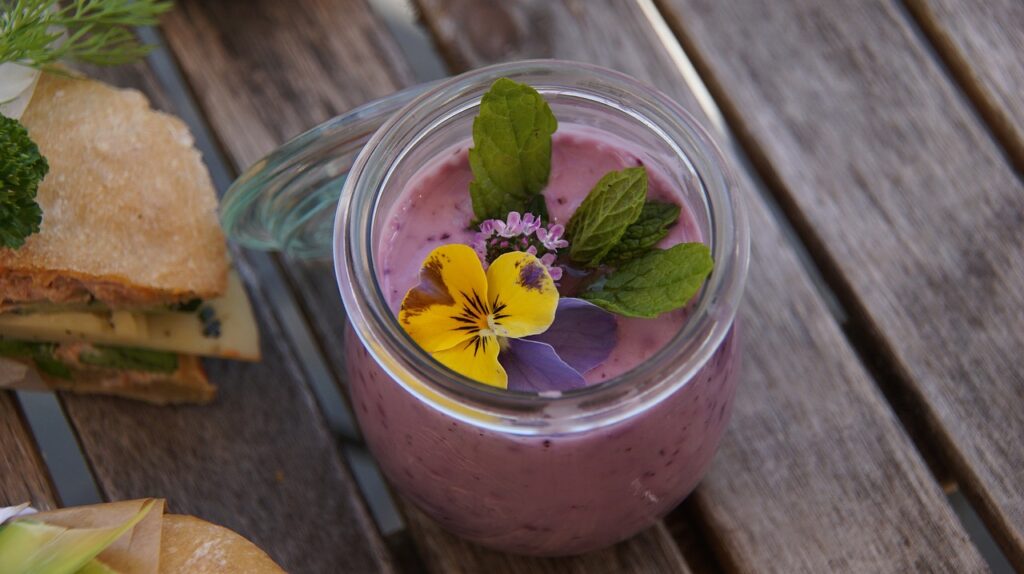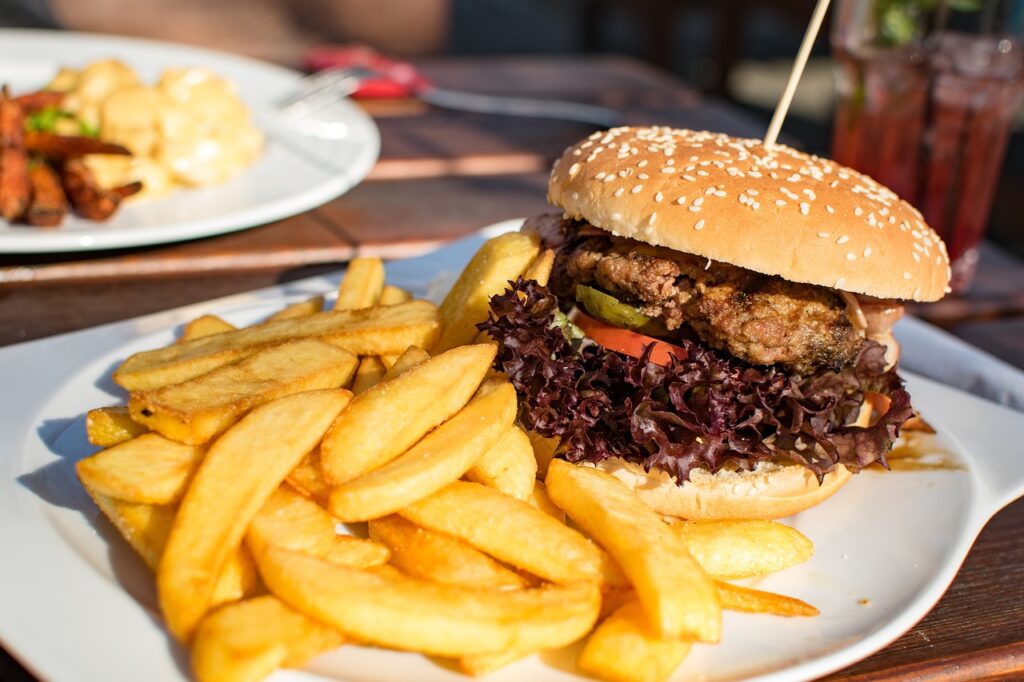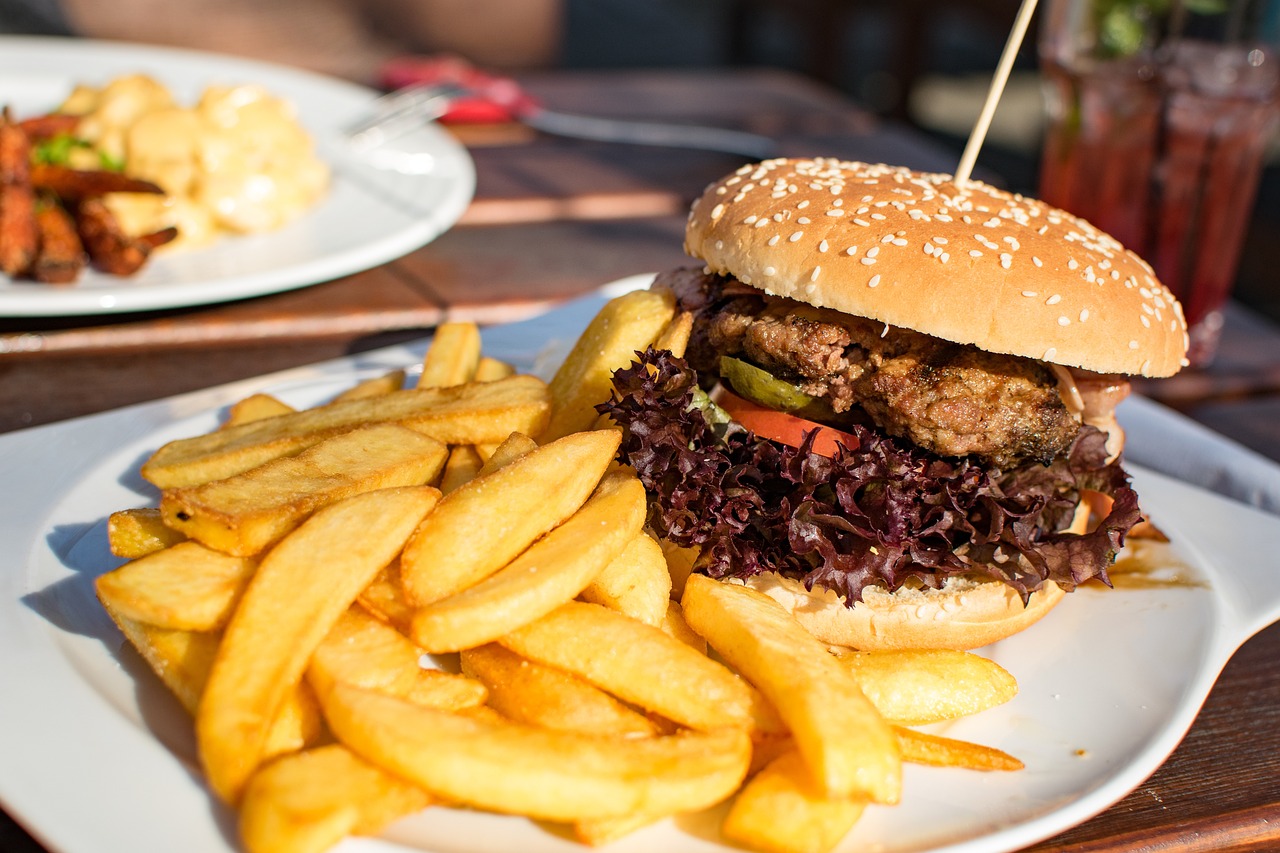Hey there! In this amazing DIY outdoor kitchen video by Rogue Engineer, you’ll learn how to build your own outdoor kitchen complete with a grill and sink. The video starts off by showing you the process of bringing water to the outdoor kitchen by tapping into a hot and cold water faucet inside your house. They even use Ryobi’s plumbing tools, like the pex crimper and pvc cutter, to help with the installation. Then, they move on to building the frame of the kitchen using pressure-treated lumber and adding cedar posts for a clean look. They also give a step-by-step guide on how to install cement board, stone, and concrete countertops. The video ends with a reminder to check out another video and subscribe to the channel. It’s a fantastic tutorial for anyone looking to create their own outdoor kitchen oasis!
Amazing DIY Outdoor Kitchen with Grill and Sink!
Hey there! Today, we’re going to take you through the step-by-step process of building an amazing DIY outdoor kitchen with a grill and sink. This project is perfect for those who love outdoor cooking and entertaining. So, let’s get started!
Materials and Tools Needed
Before we dive into the step-by-step guide, let’s go over the list of materials and tools you’ll need for this project. Here’s what you’ll need:
List of materials
- Pressure-treated lumber
- Cedar posts
- Cement board
- Concrete countertop mix
- Melamine forms
- DAP’s Dyna Grip Heavy Duty Max Adhesive
- DAP’s Colored Silicone
- Miracle Sealants Impregnator Sealer
- DAP’s 100 Silicone Max
- Best Range Hoods
List of tools
- Ryobi’s plumbing tools (Pex crimper and PVC cutter)
- Circular saw
- James Hardy Diablo Blade
- Orbital sander
- Screwdriver
- Level
- Measuring tape
- Drill
Now that we have everything we need, let’s get started on building your dream outdoor kitchen!
Step 1: Bring water to the outdoor kitchen
The first step is to bring water to the outdoor kitchen. To do this, we’ll tap into a hot and cold water faucet inside your house. Luckily, if your bathroom is on the other side of the exterior wall, you can easily tap into the existing water source.
For this step, we recommend using Ryobi’s plumbing tools, specifically their Pex crimper and PVC cutter. These tools will allow you to splice into the existing water lines and connect them to the new spigots for the outdoor kitchen.
It’s important to note that the outdoor water spigots we’re using are frost proof, which means they have a shut-off valve inside the house. This makes winterizing the kitchen a breeze! Simply turn off the spigots, disconnect the hoses, and drain the lines.

Step 2: Building the frame
Now that we have water flowing to the outdoor kitchen, it’s time to start building the frame. We’ll be using pressure-treated lumber for this step, as it’s durable and resistant to rot.
Start by installing two long boards called sleepers on the front and back of the kitchen. These sleepers will serve as the foundation for the mini wall sections that we’ll be building off-site. Once the sleepers are in place, secure them to the ground.
Next, construct the mini wall sections off-site or in your workshop. When they’re complete, bring them to the outdoor kitchen and install them on top of the sleepers. Make sure to follow precise measurements and use a level to ensure everything is straight and secure.
Step 3: Adding cedar posts
To give your outdoor kitchen a clean look and accommodate the stone exterior, we’ll be adding cedar posts at each corner. Use 4×4 cedar posts for this step. By running the stone right up to the cedar posts, we’ll achieve a nice, clean line.
In addition to the cedar posts at the corners, we’ll also use cedar frames for the access panels. This will provide a flat surface to mount the panels to and create a clean edge for running the stone up to.
Once you have all the cedar pieces cut to size, assemble the frames for the access panels. To protect the cedar from the elements, apply a nice oil finish.

Step 4: Installing cement board
Now it’s time to install the cement board on the structure. We’ll be using DAP’s Dyna Grip Heavy Duty Max Adhesive for this step. This adhesive is perfect for installing porous surfaces like cement board onto wood, even if it’s wet.
Start by cutting the cement board to size using a circular saw. If you’re using Wonderboard, you can simply score and snap it. Align the boards properly and use the adhesive to secure them to the wood. This adhesive will make sure the cement board stays in place.
Step 5: Installing the stone exterior
To achieve a beautiful and cohesive look, we’ll be installing the same stone that was used on the exterior of the house. If you have leftover stone, this is a great way to utilize it.
Before installing the stone, it’s important to consult the manufacturer’s instructions. In some cases, a scratch coat may be necessary, but the manufacturer confirmed that it’s not needed when installing the stone on cement board.
Using a type S mortar, butter the back of the stone and stick it to the cement board. Take your time with this step, as there are many cuts involved. With proper alignment and adherence to the manufacturer’s instructions, you’ll achieve a stunning finish!

Step 6: Creating concrete countertops
For the countertops, we’ll be using concrete. Concrete countertops are simple to make and are incredibly durable. We recommend using a concrete countertop mix for this step, although you can also use a standard Quikrete 5000 with a flow control additive.
Before pouring the concrete, you’ll need to create forms for the countertops. Measure the top of the bar and decide where you want the sink to go. Use three-quarter inch melamine to make the forms. Melamine is smooth and perfect for creating smooth countertops.
In addition to the melamine forms, you’ll also need a two-inch thick rigid foam for the sink insert. This foam should be wrapped with silver tape to prevent the concrete from sticking to it. Glue the foam to the inside of the form, right where you want the sink to be.
Once the forms are complete, apply 100% silicone from DAP to all the edges. This will ensure a clean finish. Let the silicone cure before moving on to the next step.
Step 7: Sealing the countertops
After allowing the concrete countertops to cure for a day, it’s time to remove them from the forms and start sanding them down. Use an orbital sander with 80-grit sandpaper to start. This will help smooth out any imperfections and round over the edges.
Once you’re happy with the appearance of the countertops, it’s time to seal them. Apply Miracle Sealants Impregnator Sealer to protect the concrete and enhance its durability. Follow the manufacturer’s instructions for best results.

Step 8: Waterproofing with silicone
To ensure that your outdoor kitchen is waterproof, we’ll be using DAP’s 100 Silicone Max. Apply this silicone around the sink area, back wall, and grill. This will prevent any water or moisture from seeping through and causing damage.
By using a colored silicone, such as silver, you can achieve a professional and clean finish. Make sure to remove any excess silicone for a polished look. The silicone will provide an additional layer of protection for your outdoor kitchen.
Step 9: Installing the outdoor kitchen hood
To complete your outdoor kitchen, it’s time to install the outdoor kitchen hood. We recommend using a hood from Best Range Hoods. The hood will not only add functionality to your kitchen but will also enhance the overall aesthetic.
Follow the manufacturer’s instructions for installing the hood. This step will likely involve electrical wiring and proper ventilation. Make sure to take all necessary safety precautions during the installation process.

Step 10: Final touches and reminders
Now that your outdoor kitchen is nearly complete, it’s time for some final touches! Finish sanding any rough edges on the concrete countertops to achieve a smooth and polished surface.
Once the countertops are sanded, apply DAP’s 100 Silicone Max around the sink, back wall, and grill area for waterproofing. This will ensure that no moisture damages your outdoor kitchen.
Before we wrap up, we’d like to remind you to check out other videos from Rogue Engineer for more amazing DIY projects. Don’t forget to subscribe to their channel to stay updated on their latest creations!
And there you have it – a comprehensive guide to building an amazing DIY outdoor kitchen with a grill and sink. We hope you enjoyed this article and found it helpful. Happy building!
